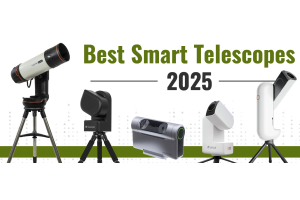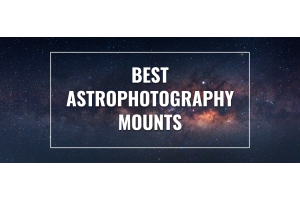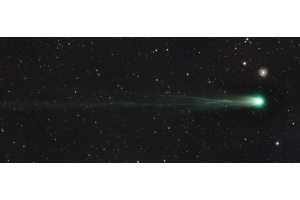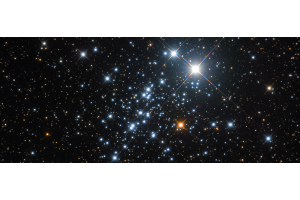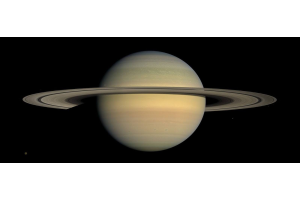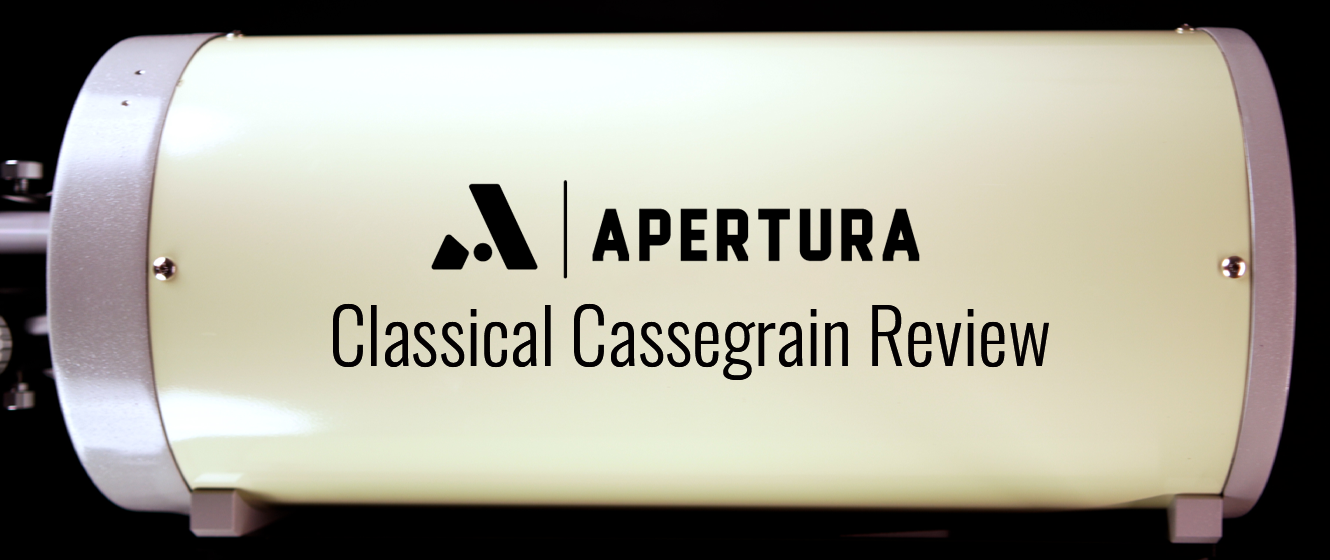
In 1672, French inventor Laurent Cassegrain introduced a telescope that offered a compact design while still achieving a long focal length by reflecting the light from the secondary mirror back through a hole in the center of the primary mirror. At the time, Sir Isaac Newton’s iconic reflector produced a longer optical tube with a much shorter focal length by reflecting the light out of the side of the optical tube. Today, Apertura pays tribute to that original concept with a thoroughly modern take: the Apertura Classical Cassegrain in both 6" and 8" versions.
A True Classical Cassegrain - Modernized
More common Cassegrain variations (Maksutov or Schmidt-Cassegrain) use corrector plates at the front of the optical tube and also rely on an internal focus design moving the primary mirror to achieve focus. In direct contrast, the Apertura Classical Cassegrain features an external linear bearing dual-speed (10:1) design as well as a parabolic primary mirror and a hyperboloidal secondary mirror. This optical design offers:
- No chromatic aberration or spherical aberration correction
- Substantial coma correction
- A flat, well-illuminated field
- An open tube design that virtually eliminates dew issues
As mentioned above, the focuser is external and fixed to the back of the tube, which means no mirror flop, a common frustration with mirror-moving SCTs and Maks. This results in a sharp, stable image across long viewing sessions and high-power planetary observation.
(Check out this article to learn more about how Apertura developed their modern take on the Classical Cassegrain!)
Optical and Mechanical Upgrades
Unlike many Cassegrains on the market today, Apertura’s 6" and 8" models use a properly sized secondary mirror, allowing you to take full advantage of the aperture. The interior of the OTA features 11 knife-edge baffles, which dramatically reduce stray light and boost contrast, resulting in a darker background for deep-sky and planetary views.
What's In The Box
- Modernized OTA with fully baffled interior
- Synta-style finder scope base with locking and set screws
- Extension tubes for optimal back focus across a variety of accessories
- Dual-speed 10:1 linear bearing Crayford focuser, with a 2” to 1.25” brass compression ring adapter
- Additional M42, M48, M54, and M56 threaded adapters for direct threaded accessory connections
- CNC Machined Vixen style dovetail (6” model) and a CNC machine Losmandy and Vixen style dovetail (8” Model)
The 6" model comes with a single CNC-machined Vixen-style dovetail, while the 8" includes both a Vixen and Losmandy-style dovetail, both with color-matched radius blocks.
Who Is This Telescope For?
The Apertura Classical Cassegrains are ideal for the beginner and more advanced enthusiast who want a great visual experience without some of the downsides that come with other Cassegrains on the market today. With an EAF-ready focuser, incredible optics with substantial image correction, internal baffles, and more, this is a versatile option for any amateur astronomer at any point in their astronomy journey.
Teagan’s Experience and Final Thoughts
Initially, after opening the box, I was refreshed to see the cream/off-white color of the optical tube assembly. It immediately reminded me of the classic color schemes of older model telescopes that I’ve viewed through when I was younger. This was a nostalgic moment for me. In regards to viewing through these telescopes, I’ve used the Apertura Dialectric 2” Diagonal and SWA Eyepiece kit several times for visual astronomy, so I figured that these would be a very impressive pairing with both of these scopes.
I took turns swapping the 6” and 8” models on the ZWO AM5 for my visual sessions. The vixen-style dovetail was more than sturdy enough to handle the size of the 6” model, and the Losmandy dovetail for the 8” was just as stable. My backyard lies under Bortle 7 skies, and during this time of year (June 2025), the planets sit too close to the sun for any practical planetary observation; however, the moon was in a bright waxing gibbous phase. Both the 6” and 8” Models performed extraordinarily well to resolve small craters and show detail on the terminator (the line between light and dark). Even during the full moon, I was easily able to make out great detail on the moon’s edge with mountains and craters peaking over its horizon. The dual-speed focuser was smooth to help combat the seeing conditions, and the open tube provided a quick cool-down time, which notably helped the views through both scopes.
I personally enjoy visual astronomy quite a bit (despite being a seasoned astrophotographer), and the Apertura Classical Cassegrains rivaled the views through my first telescope, the Celestron NexStar 8SE, and for a short while, I felt completely immersed in the views of the lunar surface.

Learn More
Interested in diving deeper into the world of astronomy? Check out our AstronomyHub for a wealth of articles, guides, local resources for planetariums and observatories near you, and more to enhance your stargazing experience.











